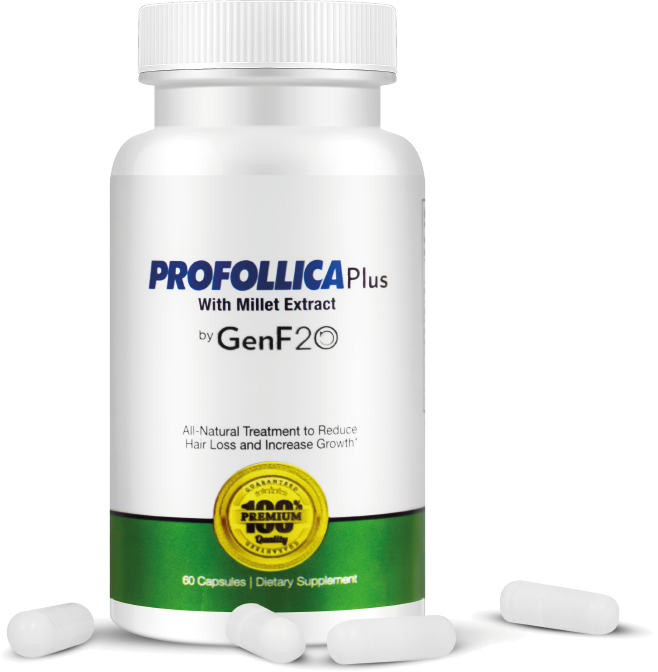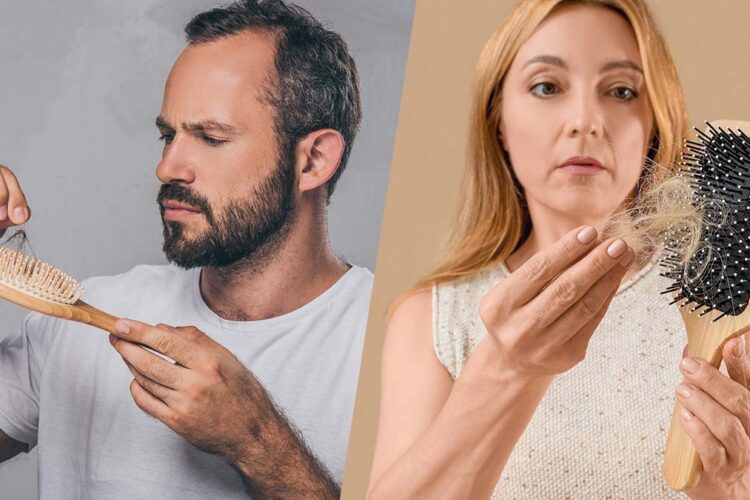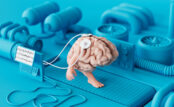Hair loss affects millions of people worldwide, regardless of gender. While often considered primarily a male concern, women make up a significant percentage of those dealing with thinning hair and baldness. Let’s explore the science behind hair loss, its various causes, and what can be done about it.
The Science of Hair Loss
Our hair grows in cycles consisting of growth, transition, and resting phases. Under normal circumstances, we lose about 50-100 hairs daily as part of this natural cycle. However, when the balance is disrupted, excessive hair loss occurs.
The most common type of hair loss is androgenetic alopecia, often referred to as male or female pattern baldness. In men, it typically presents as a receding hairline and thinning at the crown, while women usually experience diffuse thinning across the scalp, particularly at the part line.
DHT: The Primary Culprit
For both men and women, the hormone dihydrotestosterone (DHT) plays a crucial role in hair loss. DHT is formed when the enzyme 5-alpha-reductase converts testosterone. In genetically predisposed individuals, DHT binds to hair follicle receptors, initiating a process called miniaturization.
During miniaturization, hair follicles gradually shrink, producing progressively thinner, shorter hairs until they eventually stop producing hair altogether. The early signs include increasingly brittle hair, followed by noticeable thinning.
Beyond DHT: Other Causes of Hair Loss
While DHT-related hair loss is most common, several other factors can contribute to thinning hair:
- Nutritional deficiencies: Inadequate iron, zinc, biotin, and protein can impact hair health
- Hormonal changes: Pregnancy, menopause, thyroid disorders
- Stress: Both physical and emotional stress can trigger temporary hair shedding
- Medical conditions: Autoimmune disorders, scalp infections
- Medications: Certain drugs for cancer, arthritis, depression, and heart problems
- Hairstyling practices: Tight hairstyles and heat treatments can damage follicles
Hair Loss Solutions
Addressing hair loss typically requires a multi-faceted approach:
- DHT blockers: Ingredients that inhibit 5-alpha-reductase can help prevent DHT formation
- Scalp stimulation: Improving blood circulation to hair follicles delivers essential nutrients
- Nutritional support: Vitamins and minerals that support healthy hair growth
- Follicle activation: Compounds that help reawaken dormant follicles
- Scalp health: Managing sebum production and addressing dryness or irritation

The Profollica System: A Natural Approach to Hair Loss
Profollica offers a comprehensive two-step system designed to address hair loss at its source. Unlike prescription medications that may cause unwanted side effects, Profollica provides a natural alternative for both men and women struggling with thinning hair.
The system works by targeting DHT production from both inside and outside the body. Step one involves Profollica Plus with Millet Extract, a daily supplement that helps block the formation of DHT by interrupting the conversion of testosterone by 5-alpha-reductase enzymes. This helps prevent further hair loss by addressing the root cause.
Step two features the Profollica Activator Gel with Trichogen, a clinically tested formula that’s applied directly to the scalp after shampooing. In clinical trials, 90% of men reported decreased hair loss after using Trichogen, with significant improvements in hair growth and volume. The system helps stimulate circulation to the scalp, reactivate dormant follicles, and create optimal conditions for new hair growth.





